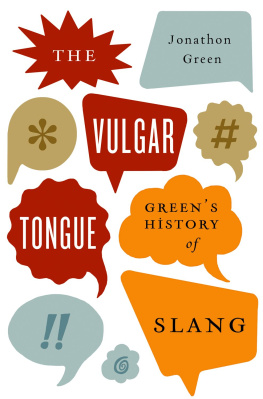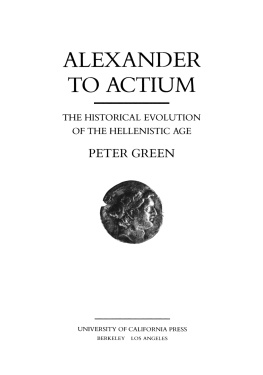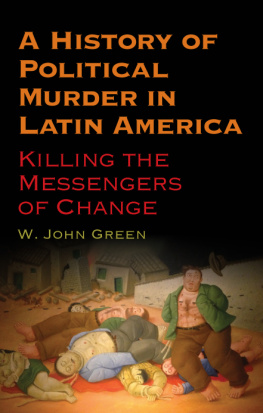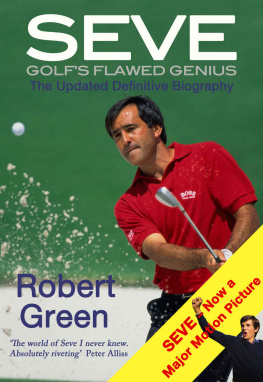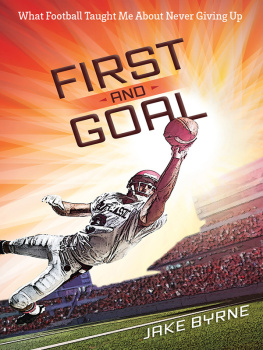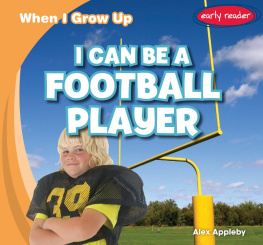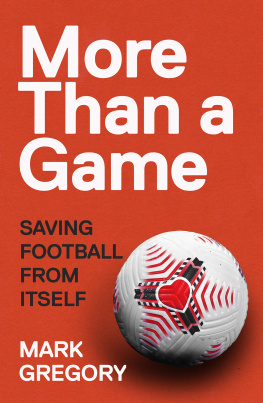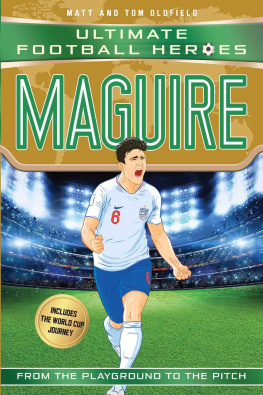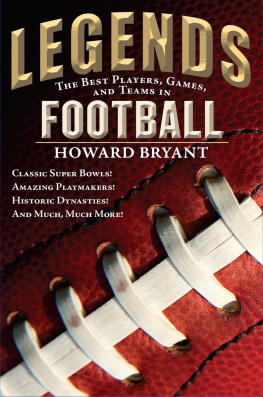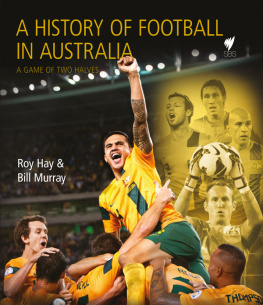EVERY BOYS DREAM
ENGLANDS FOOTBALL FUTURE ON THE LINE
CHRIS GREEN

First published in 2009
A&C Black Publishers Ltd
36 Soho Square
London W1D 3QY
www.acblack.com
2009 Chris Green
ISBN 978-1-4081-1216-8
All rights reserved. No part of this publication may be reproduced in any form or by any means - graphic, electronic or mechanical, including photocopying, recording, taping or information storage and retrieval systems - without the prior permission in writing of A&C Black Publishers Limited.
Chris Green has asserted his right under the Copyright, Design and Patents Act, 1988, to be identified as the author of this work.
A CIP catalogue record for this book is available from the British Library.
Acknowledgements
Cover photograph Corbis
Designed by James Watson
This book is produced using paper that is made from wood grown in managed, sustainable forests. It is natural, renewable and recyclable. The logging and manufacturing processes conform to the environmental regulations of the country of origin.
Typeset in Sabon by seagulls.net
Printed and bound in Reading, England by Cox & Wyman Ltd
CONTENTS
This book is the result of many years worth of research into the subject of youth development.
It would not have been possible without the immense amount of information I have gathered over the years including conversations with people at all levels of sport, politics and education.
Particular thanks should go to everyone I have interviewed in the fresh research for this book including Mike Foster and Tim Vine at the Premier League; John Nagle for lining up a holy trinity of Football League interviewees, Michael Tattersall, Graham Hawkins and Jim Briden; and Alan Sykes at League Football Education.
Special thanks too should go to Sir Trevor Brooking at the FA and Howard Wilkinson of the League Managers Association, who have both spoken to me many times about this subject.
I would also like to thank the Secretary of State for Culture, Media and Sport, Andy Burnham, for sparing the time in his busy ministerial schedule to discuss the issues raised in this book.
Thanks to all the boys and parents who have opened their doors and sometimes their hearts and without whose true life stories I could not have written this book or had the inspiration to ask awkward questions to people in authority.
I owe a distinct debt of gratitude to Paul Cooper, Rick Fenoglio and Andy Pitchford for opening my eyes to a fresh aspect of the beautiful game, the philosophy of Give Us Back Our Game, and to Bob Marley and Andy Barnett of the Midland Junior Premier Football League, who have shown enormous dedication to developing a youth league benefiting thousands of boys.
This book would not have been possible without the views of people actually working in youth development at professional clubs - in particular Tony Whelan at Manchester United, Aston Villa academy director Brian Jones and education and welfare officer Paul Brackwell, Dave Parnaby at Middlesbrough, Huw Jennings at Fulham FC, Tim Ball, Ian Smithson and Tim Cox at Watford FCs Academy, and Tony Daws and Guy Parkin at Scunthorpe United.
I would also like to thank former teenage footballers Ricky Clarke and Jason Blunt for their honest tales, and the many educationalists interviewed especially Dave Woollaston of the English Schools FA, Nigel Robbins at Cirencester College, Glyn Harding at the University of Worcester, Jamie Bennett at Sports Ed and Steve Underwood of South London Schools FA.
Some people went beyond merely offering their opinions. Bert-Jan Heijmans, the Dutch coach at Brandon FC, made sure I was well fed and watered (or wined!) during our kitchen table conversations.
There have also been BBC colleagues who commissioned programmes and features about differing aspects of youth development that allowed me to develop an acute understanding of the subject - in particular Ian Bent as editor of BBC Radio 5s On the Line, and Jonathan Wall, former editor at Sport on Five.
My good friend and colleague David Conn, arguably the most astute writer on the football business in the country for the Guardian, also deserves thanks for the advice he has offered down the years.
From past interviews I would like to thank the likes of Dario Gradi, Richard Hodgson, Dave Richardson, John Bilton, Chris Evans, John Fry, John Baldwin, Steve Boocock, Andy Beaglehole, John Morton and the late Dave Bullas.
Thanks to my literary agent Robert Dudley and commissioning editor at A&C Black, Charlotte Atyeo.
Finally, I want to express my eternal gratitude to the two most important people in my life my wife, Teresa, and our gorgeous son, Nicholas.
Mere words are really not enough to describe the support Ive had from Teresa, who aside from being the fastest sub editor in the West (Midlands!) has offered her customary love, support and tolerance.
Finally, thanks and patience for one so young must go to Nicholas who has brought more joy to our lives than he will ever know.
Nicholas has just started playing football, so I will have to put into practice the perils of becoming a pushy parent outlined in this book. I have, however, no desire to live my dreams through him just having such a warm-hearted son is enough.
When I read the manuscript of this book it quickly brought home all the varied frustrations felt by the different sectors of our national sport, football. It has given numerous people involved in different stages of football development their opportunity to pinpoint where perhaps mistakes are being made, and quite rightly highlighted where excellent programmes of good practice are being produced. There is certainly no lack of knowledge in England about how good coaches and players should be supported, but clearly there is a vacuum in leadership, which could make so many hopeful aspirations into a rewarding reality.
Much of the book focuses on the player pathway into the elite game, and those childhood dreams that may take an enthusiastic youngster from a kick-about in their back garden, through to centre stage at Wembley in front of 90,000 fans. For over 99 per cent of our young generation those dreams are never fulfilled but hopefully, despite that, they will still retain their love of the game and stay within football as either a player, coach, fan or volunteer at grassroots level. I have never really believed in separating grassroots player pathways from those in the elite game because they surely must overlap each other if the game of football continues to flourish in popularity.
Although I am quoted in the book as a Football Association staff member, my comments in this particular foreword are purely as someone who has been lucky enough to enjoy a lifetime within the game. No one person has all the answers because each generation cycle is different and the modern game changes more quickly now than ever before.
What I believe we must all accept is that for a country of some 60 million people we are not producing the depth of players at the top level with the necessary technical skills now required by the major club and international teams.
If we want to increase the number of English players competing at the highest level, then radical change is needed. This statement is nothing new because Howard Wilkinsons FA Charter of Quality published in 1997 was introduced as a direct result of similar concerns expressed back then. Everyone acknowledged this was a significant move in the right direction, but the natural assumption was that it would continually be updated to reflect the obvious improvements necessary as the programme evolved. Unfortunately such progress has been somewhat neutralised as gradually in recent years the two professional leagues have assumed authority and the regulation of clubs within their own structures.



